Textile design encompasses fashion design, carpet manufacture, and any other cloth-related discipline. Textile design has resulted in utilitarian goods such as clothing, carpets, draperies, and towels. Textile design has inspired other works or artistic movements. Understanding the technical elements of a production, as well as the qualities of fibre, yarn, and dyes, are required for textile design.
The art of applying design, aesthetics, garment construction, and natural beauty to clothes and accessories is known as fashion design. It is impacted by culture and many trends, and it has evolved across time and space. A fashion designer makes apparel for consumers, such as dresses, suits, slacks, and skirts, as well as accessories, such as shoes and handbags. They might specialize in clothes, accessories, or jewellery design, or they can work in many sectors.
India is one of the world's top textile and apparel producers. India's domestic clothing and the textile sector generate around 2% of the country's GDP and 7% of industrial production in value terms. In 2020-21, textiles, clothing, and handicrafts accounted for 11.4% of India's total exports. India accounts for 4% of the global textile and clothing trade.
India is a major producer of cotton and jute around the globe. India is also the world's second-largest producer of silk, accounting for 95% of all hand-woven cloth. The Indian technical textiles industry is projected to be worth $16 billion, accounting for around 6% of the worldwide market.
In 2021, the domestic textiles and clothing sector was valued at $152 billion. India's textile and clothing sector is strong across the whole value chain, from fibre to yarn to fabric to clothes. The Indian textile and clothing sector is immensely diverse, with items ranging from traditional handloom, handicrafts, wool, and silk products to the organized textile industry in India.
The organized textile industry in India is distinguished by the use of capital-intensive technologies for the mass production of textile items, and it encompasses spinning, weaving, processing, and clothing manufacturing. India's ready-made garment exports are expected to grow at a CAGR of 12-13% and reach $ 30 billion by 2027. In 2019-20, the domestic textiles and clothing sector was worth $150.5 billion.
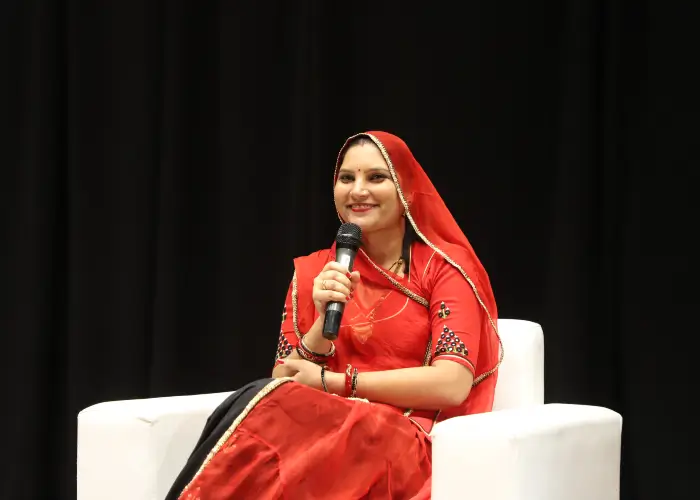
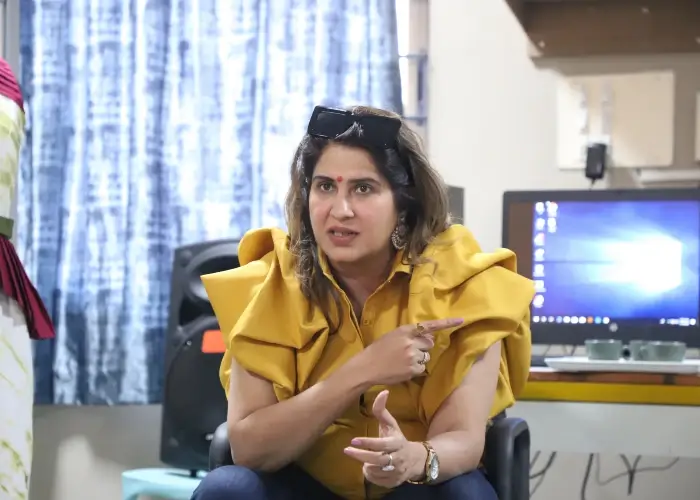

A textile designer's primary responsibility is to create patterns and designs on cloth as well as to develop diverse fabric structures. A textile designer's goal is to create cloth and numerous decorations. As a textile designer, you would have to choose yarns, yarn colors, and dyes to create textiles with varying textures and give each fabric a distinct look and feel.
Textile designers, like fashion designers, must find their raw materials and offer instructions to knitters and weavers on how to make a fabric they have created. They also choose the prints that will be used on each cloth. Textile designers must also consider variables such as the textiles' environmental friendliness and cost-effectiveness. Textile designers create the raw materials used by fashion designers.
A fashion designer's major responsibility is to produce artistic designs and patterns for clothes. As previously said, fashion designers also create footwear and other accessories. Their technique follows a certain sequence. They start by imagining a garment design and sketching it out on paper in the colors they want. Then they choose fabrics that will work best for developing the patterns to become clothes.
Finally, they stitched the outfit and cut the cloth. Fashion designers must be well-versed in the qualities of various textiles, pattern creation on clothes, garment fittings, and varied body types. For each new season, fashion designers develop a line of clothing for stores. It is also the responsibility of fashion designers to find the materials and other accessories needed to produce their clothes.
When necessary, fashion designers seek the assistance of textile designers to create fabric designs for the clothing that they have conceived.
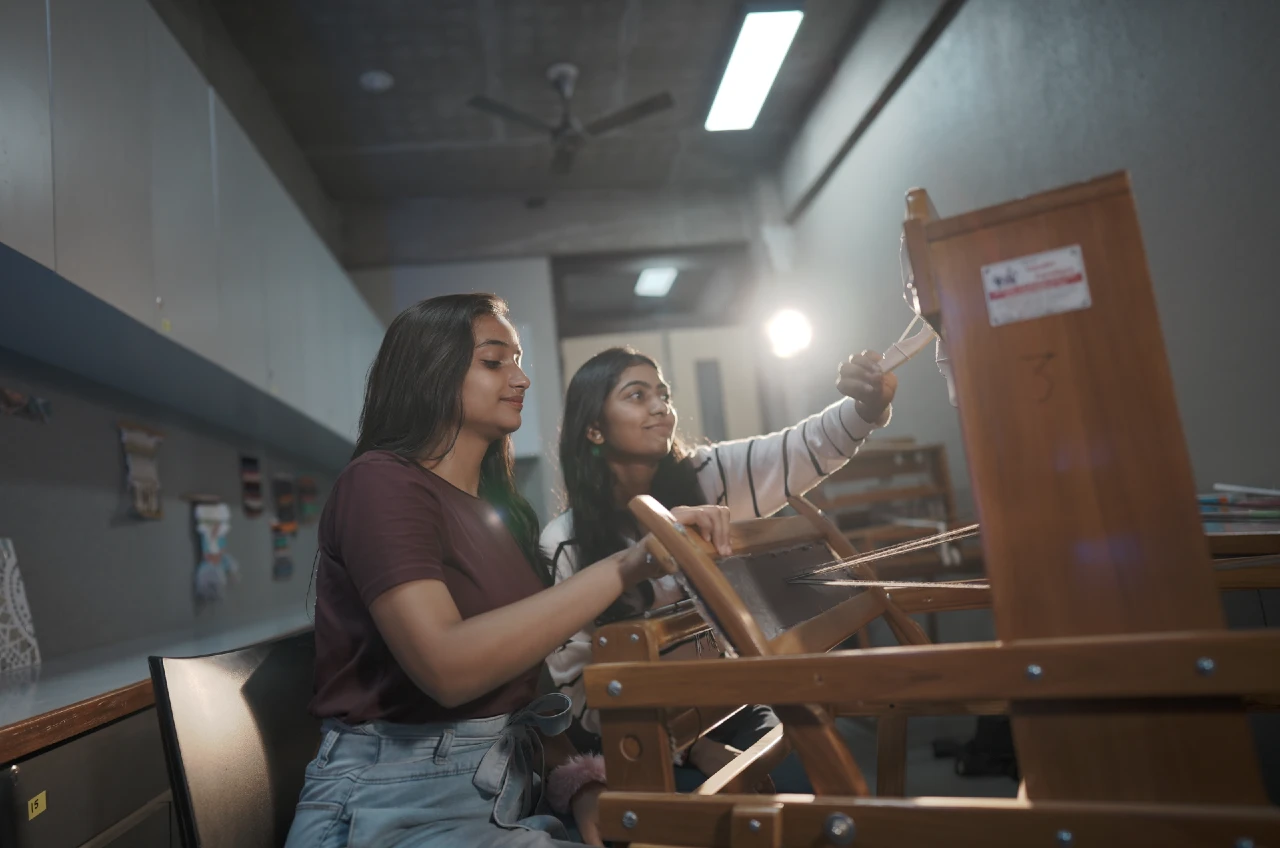
A designated space for weaving fully equipped with handlooms and various equipment for fashion garment making.

A studio for garment printing and pattern designing for adding color and pigments to the garments though sustainable colors
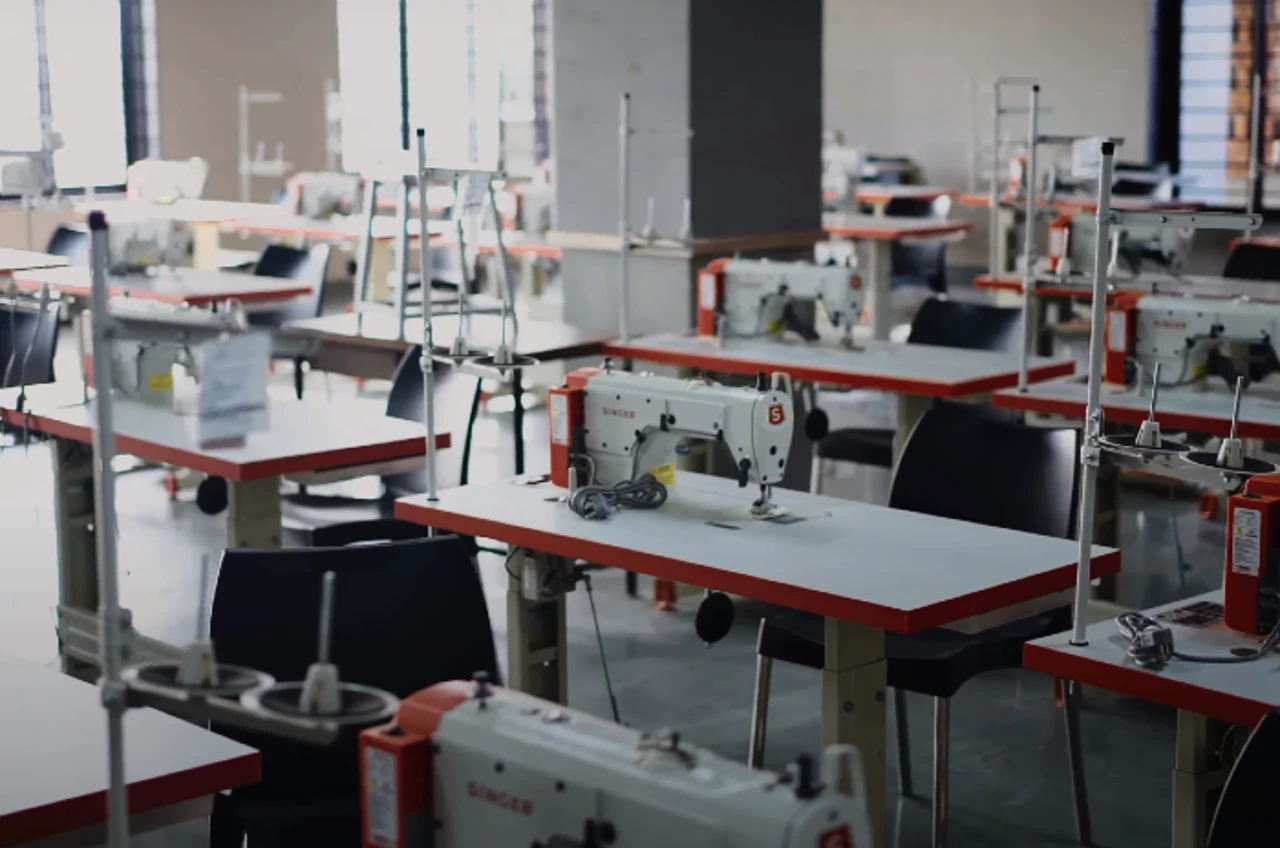
Garment attachment that is designated for sewing fully equipped with over 40 singer sewing machines
Textile and Apparel design is a field that blends fabrics, fashion, technique, technology, and a creative process that is empowered. This is integrated with a knowledge of culture as a resource for design gained via field investigations and documentation.
The Textile and Apparel design program maintains the traditional understanding of employing skills, materials, techniques, and methods. Students can use their intellectual, aesthetic, and technological strengths as TAD designers to create new design applications utilizing classic and novel methodologies.
As a result, these designers will be able to define a story around textiles and use them as a source of cultural upliftment. Design fundamentals, particular textile and clothing processes, textile fibres, weave structures, surface design, dying techniques and color, printing methods, pattern making, draping and sewing techniques, and produced textiles are all covered.
Unlike b.sc. in animation and VFX courses, in textile and apparel design they focus on pattern extraction, 3D surface work, technical drawing, and application on the technical side. They also learn about art appreciation, design research, design process, design management, and sustainable textile and garment design approach.
The subjects under Textile and Apparel design train students in design thinking, research, and ideation, which broadens their opportunities for diverse design entrepreneurship, industry, crafts, and design sectors.
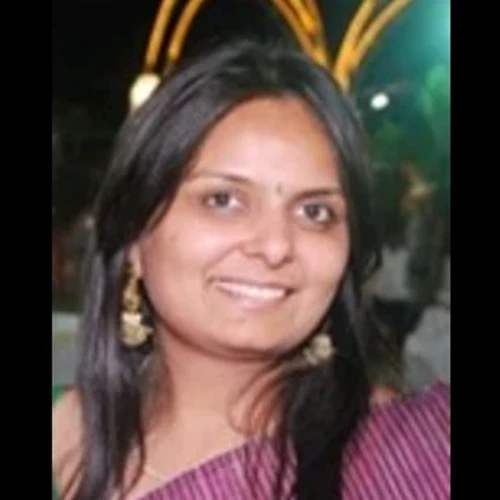
- Masters in Fashion and clothing technology , Masters in supply chain Management
Specialization - Fashion Design
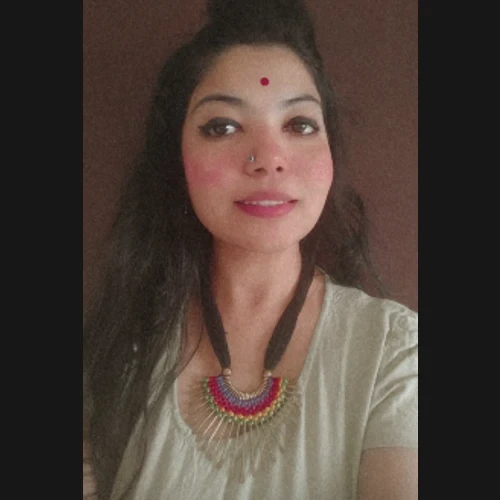
- Masters in Fahion Management
Specialization - Masters of Fashion Management
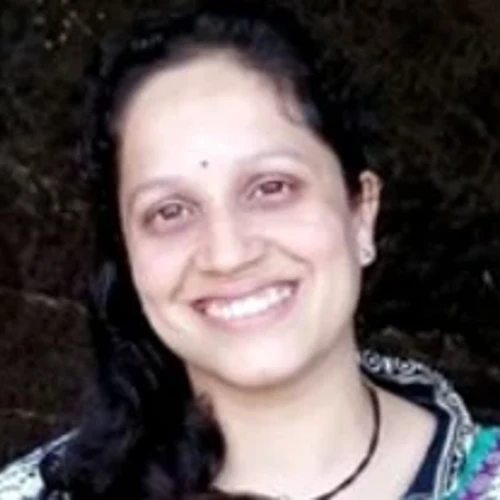
- Masters in textile and fashion technology. Pursuing PhD
Specialization - Fashion Design
With demand for textile and apparel designers increasing day by day, a wide range of opportunities are opening up for students who want to pursue product designing.
Parul institute of Design has offered a robust platform for me to develop my skills and recognise my true potential. The infrastructure for visual communications design and the facilities available have remarkably contributed to our experience.
Parul institute of Design has offered a robust platform for me to develop my skills and recognise my true potential. The infrastructure for visual communications design and the facilities available have remarkably contributed to our experience.
Parul institute of Design has offered a robust platform for me to develop my skills and recognise my true potential. The infrastructure for visual communications design and the facilities available have remarkably contributed to our experience.